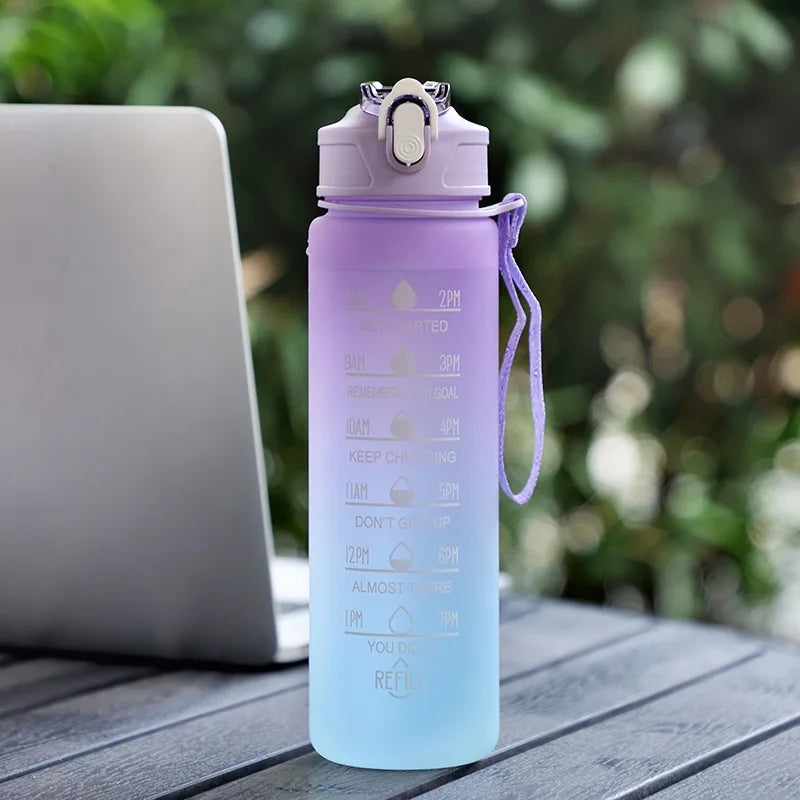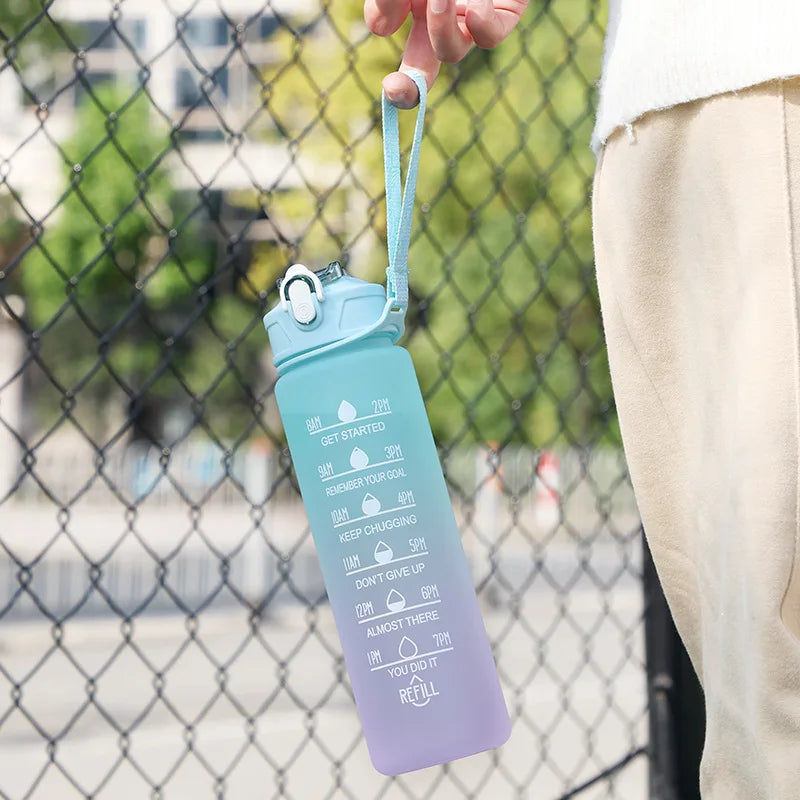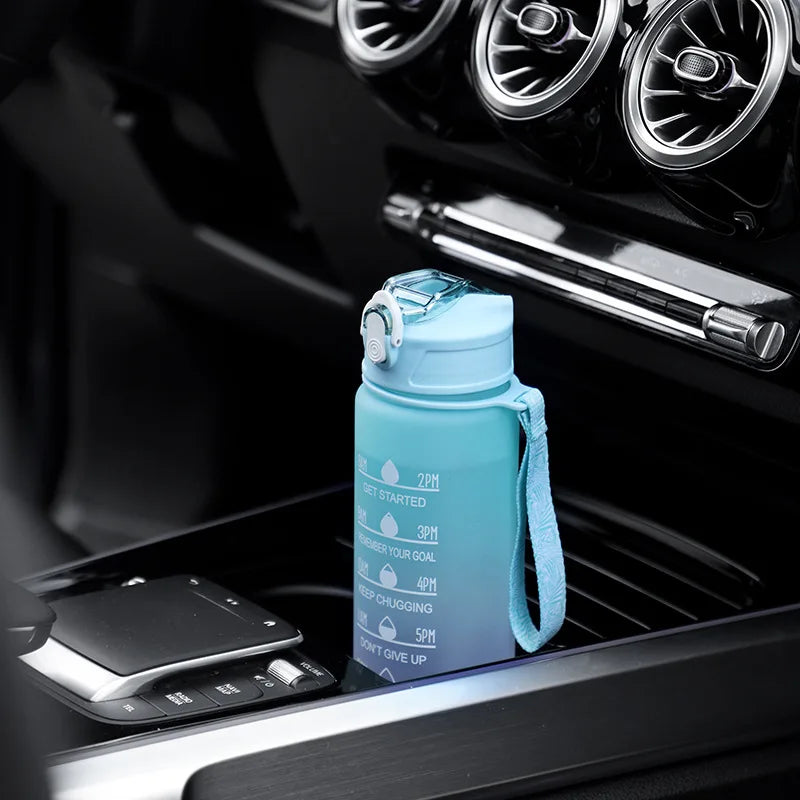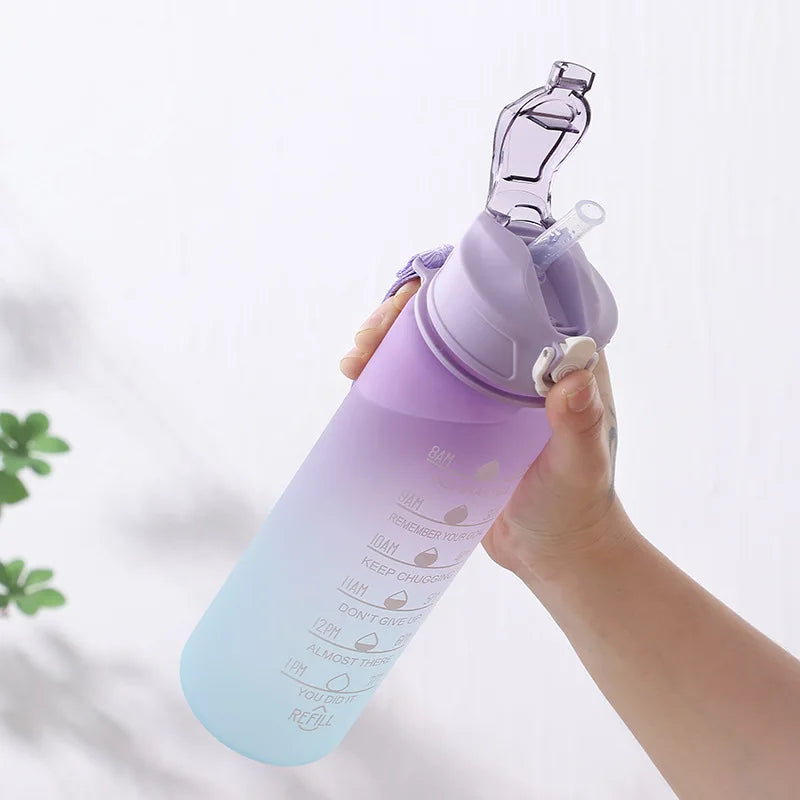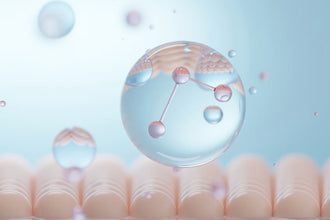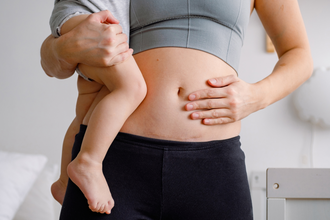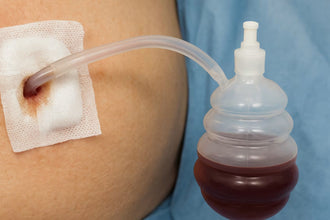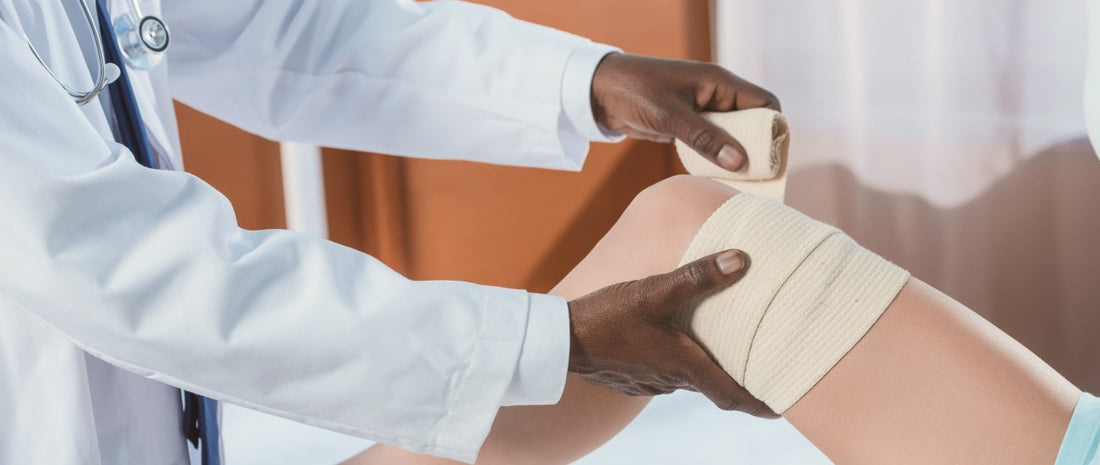
Road to Recovery: ACL Injury and Surgery, Part 2
Welcome back for Part 2 of Road to Recovery: ACL Injury and Surgery, Part 1.
In this post, we will continue the ACL injury, surgery, and recovery conversation by jumping into what general surgery methods are used as well as what you can do to prepare for surgery to ensure a stronger recovery. If you would like a more general overview of surgery preparation, check out our other post: Surgery Preparation and Recovery: What to expect. So let’s get started!
How is ACL Reconstruction generally Performed?
There are usually four methods generally used when considering ACL surgery. Your orthopedic surgeon and surgery team will determine the best method for you and consult with you ahead of time. Most methods basically revolve around recreating the ligament by anchoring a material where the ACL was to perform a similar function.
First up, the surgeon might consider using part of the patella tendon. By harvesting the central third of the patella tendon graft and using bone “plugs” to fix the graft in place. “This new graft includes the strip of the tendon, along with attached plugs of bone on each end. For this reason, it is sometimes referred to as a bone-patellar-tendon-bone graft. The surgeon removes the torn ACL and puts the new graft into the knee, making sure to line it up just like the original ligament.1”
The second method involves using and harvesting part of the hamstring tendon while the third method may make use of “donor tissue”. Yes - tissue from “someone who may no longer need it” also known as an allograft.
The fourth and final method here is the use of synthetic materials anchored in position. But before you jump on the synthetic bandwagon, it has been reported to date that synthetic replacements have not performed as well as the other methods.
In general, knee surgery takes the form of arthroscopy in which the arthroscope is inserted into the knee joint through 3-5 small incisions. This allows the surgeon to see inside the knee for additional damage and begin to repair the ligaments. However, depending on the severity of your injury, the doctor may need to operate through a larger incision for your ACL reconstruction.
What Pre-operative steps should I consider?
As mentioned, HealFast has a few blog posts on general surgery preparation and post-surgery recovery. In addition we recommend our surgery-safe, patent-pending, all-in-one recovery nutrition program. Some of these materials reference the efforts surgeons and anesthesiologists make prior to surgery to get you prepared. For example, in some hospitals, a prep-day prior to surgery is held to help get the patient up to speed on what to expect during and after surgery.
The Pre-Op program in these hospitals is designed to help reduce your stay in the hospital after surgery and aid in reaching your recovery goals sooner than if you were not consulted. A portion of this program might include fitting a post-operative brace for later use, setting up cryotherapy plans for swelling, performing knee laxity tests, and how to properly size and use crutches.1 “The preoperative visit is to prepare you for surgery. Your therapist should teach you how to walk safely using crutches or a walker. And you'll begin learning some of the exercises you'll use during your recovery2”. In some cases, your doctor might prescribe pre-surgery exercises to get you in top condition for surgery.
Next up is the Pre-operative testing that occurs usually within 10 days of your surgery. This may include blood and urine tests, X-rays, MRIs, and if you are older than 45-50 perhaps even a cardiogram just to be safe. During this period, doctors will ask you to stop taking certain medications and nutrients.
Some medications that may be stopped include Alleve, Motrin, Advil, Naprosyn, Viox, Celebrex, and Ibuprofen among others. Some vitamins may be on that list as well including Ginseng, Ginko, Biloba, Garlic, Ginger, and certainly Vitamin E (as it is known to cause blood thinning). This is why HealFast created the Surgical and Injury Recovery program to ensure a patient’s body is fully replete with key ingredients while being safe for surgical anesthesia.
Lastly, you can use this time to arrange sessions with physical therapists for post-surgery recovery.
Day of Surgery: What to expect
When you arrive at the hospital and the proper floor as instructed, you will be admitted and given a bracelet with identifying details. Your clothing and jewelry should be taken and labeled. It’s best to leave the jewelry at home for reasons discussed in HealFast Surgery Preparation post, although for an ACL surgery it will probably not get in the way of the surgery site.
Once you have signed on the dotted lines, the IV lines will be set up to provide fluids, medications, and antibiotics as needed. Then you will be visited by the anesthesiologist to discuss a regional anesthesia (which is normally used for ACL surgery) after you are sedated later on (if sedated). Shortly thereafter, you are carted to the operating room and whether you choose to be awake or sedated, the magic happens. After the surgery, you will be given pain meds for comfort and swelling and potentially affixed with a cryotherapy device alongside a brace and done!
We don’t want to scare you, but we also don’t want to hold back; ACL surgery does not lead to a painless recovery. Expect some soreness, but the job of your nurses and doctors in the post-operative period is to keep pain controlled and bearable, so you can start ambulating. Make sure to get your pain medication prescription and don’t hold back on explaining your discomfort with doctors when asked. It will take anti-inflammatories, pain medication, and ice to help put you at ease; and even then may only take the edge off.
ACL Postoperative: What to expect
Once you are done with surgery, have your cryotherapy device (if used) removed, and be prepped on how to apply and remove your brace (which should be on at all times initially); a physical therapist will again show you how to use crutches as needed.
Pain meds will be provided, an exercise program drafted, and a follow up appointment within 3 weeks will be made. That and lots of icing for swelling control. Overall the recovery process comes in 5 stages3 that can last up to 6 and beyond months before a full return to previous activities.
Once home, you will have some ongoing activities to ensure on optimized recovery. We will touch on the first two here below and then the final two in our last post of this series: Road to Recovery: ACL Injury and Surgery, Part 3
-
Proper care of the surgery site
-
Becoming comfortable with your immediate limits
-
Monitoring your post-surgery nutrition
-
Performing necessary exercises
First up - Surgical Site Care
It is best to have someone stay with you the first few days, but it is ultimately your responsibility to keep the surgical area clean and dry at all times by dressing it as instructed by the physician. This may require removing the brace while keeping the injured leg supported by your calf or foot. (Do not let the lower part of the leg dangle). It is best to have very loose-fitting or easily removable clothing during this time for this very reason.
Remember to ensure the leg is kept elevated and straight during sleep or lounging by using pillows under the calf or ankle and never under the knee. Throughout it all, make sure to leave all steri-strips and sutures in place as they will be removed at your final postoperative visit. Small but important to note, any showering should be done with the brace on, and make sure to secure the top so no water can enter.

Next is becoming comfortable with your immediate limits.
Surgery is never fun, and it is even worse when you have to rely on someone else for nearly everything you once took for granted. But it is imperative to get comfortable with your limits during this period to avoid injury or post-surgical complications. Part of getting familiar here involves knowing your brace and crutches and the proper usage of each. For example, when using crutches, the “good leg” goes first to support the body and then the “injured” leg; or when going downstairs, the crutches go first, then the “injured leg” and then the good leg (please note: another variation is both crutches and an injured leg can go first).
The majority of your activities here will be getting familiar with your brace. How well you manage the brace is a critical component to an optimized recovery. Follow these basic tips and you should be in good shape.
-
Keep your knee properly aligned during as many activities as possible while the ACL heals.
-
Provide protection for your knee until the muscle strength is regained.
-
Always use the brace to protect the surgical site especially if you should accidently fall after surgery.
-
Practice with the brace to ensure you know how to align the hinges with the knee joint and whether it is locked or unlocked properly. Initially while at home, you will want to wear your brace locked at zero degrees at all times to keep the leg straight.
We will touch on the last 2 areas of ACL Postoperative Recovery in the final post of the ACL Recovery Series. We hope you enjoyed the first and second part of this ACL Injury Overview.
Check out Part 3 of this article, and be sure to follow us on Facebook and Twitter! As always be safe, stay informed, and be healthy!
Citations:
-
Hospital for Special Surgery medical recovery
-
http://www.houstonmethodist.org/orthopedics/where-does-it-hurt/knee/patellar-reconstruction-acl/
-
https://www.emoryhealthcare.org/centers-programs/acl-program/recovery/rehab-timeline.html
-
http://www.todaysdietitian.com/newarchives/011315p10.shtml
-
http://www.medscape.com/viewarticle/474066
-
https://getreferralmd.com/2015/10/lower-readmission-rates-for-hospitals/
General Disclaimer: All information here is for educational purposes only and is not meant to cure, heal, diagnose nor treat. This information must not be used as a replacement for medical advice, nor can the writer take any responsibility for anyone using the information instead of consulting a healthcare professional. All serious disease needs a physician.


